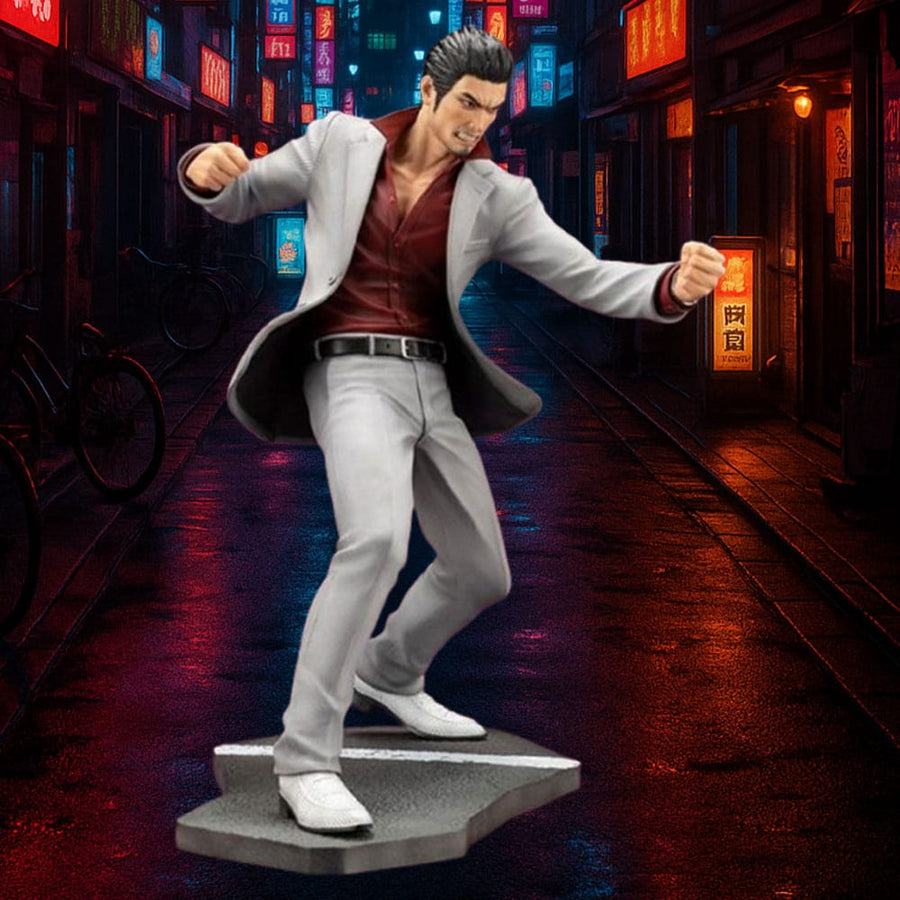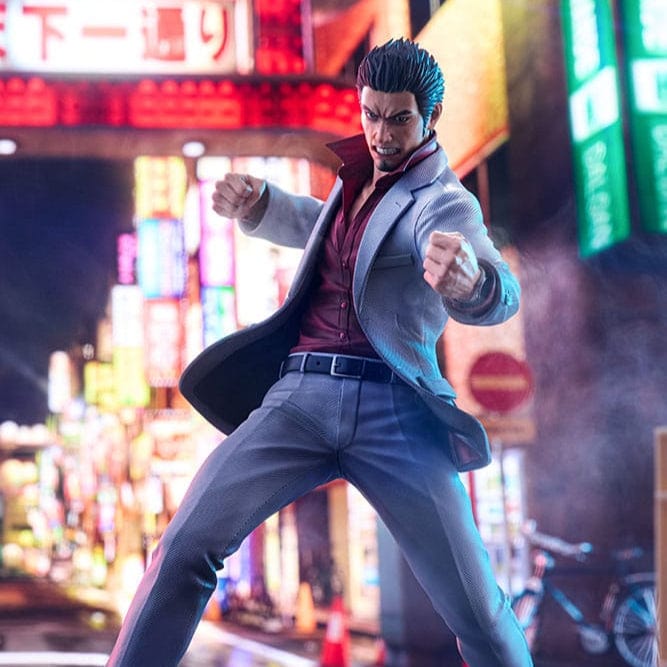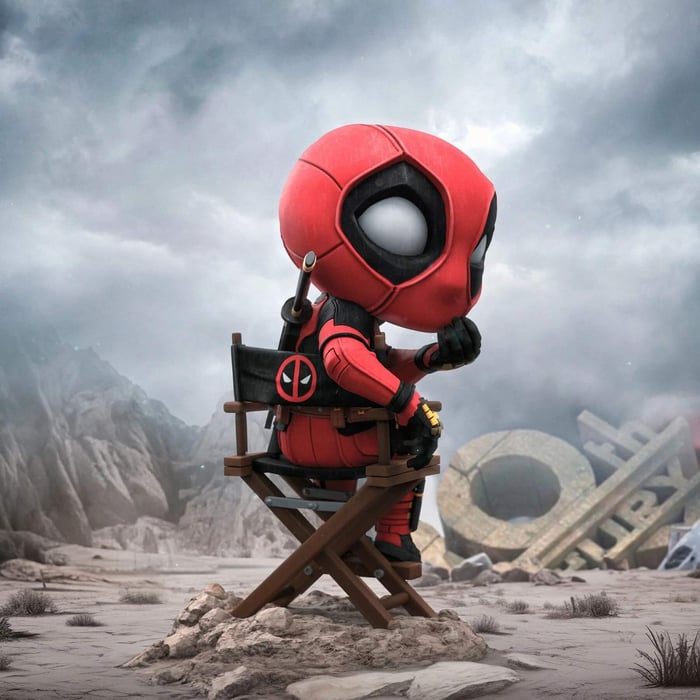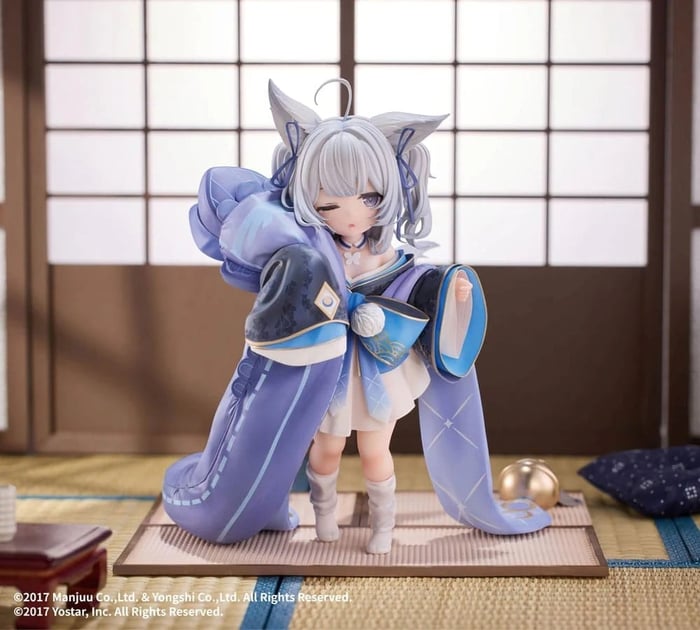Movie statues capture the essence of cinema by turning iconic scenes and characters into physical forms that you can see and touch. They freeze moments full of emotion, movement, and story, making the magic of film last beyond the screen. These statues not only celebrate famous movies but also allow you to connect with the film’s spirit in a new way.
You will find that movie statues often highlight the key emotions and themes that define a film. By focusing on careful details and expressions, they bring the essence of characters and stories to life. This lets you appreciate the artistry of both sculpture and cinema together.
Many cinema statues also serve as cultural symbols, reminding you how certain films have shaped ideas and feelings across time. As you explore these works, you see how cinema and sculpture come together to preserve moments that matter.
Key Takeaways
- Movie statues turn important film moments into lasting physical art.
- They highlight key emotions and themes from the movies they represent.
- Statues help you understand a film’s lasting cultural impact.
Understanding the Role of Statues in Cinema
Statues in films often do more than decorate a scene. They carry deep meanings, connect to the art of filmmaking, and help tell important parts of a story without words. Their presence can change how you see characters, themes, and plot.
Symbolism in Cinematic Statues
In cinema, statues frequently represent ideas or emotions. You might see a statue as a symbol of power, beauty, or memory. For example, a broken statue can show loss or decay, while a perfect statue might represent idealism or perfection.
Statues also act as metaphors. They can stand for a character’s inner feelings, like feeling trapped or frozen in time. Filmmakers use these symbols to add layers to the story without extra dialogue. You, as a viewer, can interpret the statue’s meaning based on the film’s context.
Connection Between Sculpture and Film Artistry
Sculpture and cinema share similar creative qualities. Both involve shaping a form—statues through physical materials, films through images and movements. You can think of statues as frozen moments, while cinema captures movement over time.
When statues appear in films, they highlight this link. Directors often use statues to echo themes of transformation. For instance, a statue might move or change on screen, showing cinema’s ability to bring still art to life. This blend creates a unique visual and emotional effect that enriches your viewing experience.
The Statue as a Cinematic Narrative Device
You will find statues used as key storytelling tools in many films. Beyond decoration, statues can hold secrets, mark important events, or trigger memories. A statue might guide a character’s journey or serve as a link between past and present.
Statues can also create mystery or tension. Sometimes they seem almost alive, influencing the plot or the emotions of the characters. Using a statue in this way helps filmmakers tell stories visually, allowing you to understand complex ideas through simple images.
Historical Roots: Statues and Early Film
You can see how statues shaped early cinema by showing a mix of stillness and movement. Statues in film were not just props but symbols that helped filmmakers explore new ideas about motion and art.
Tableau Vivant and Living Statues
In early film, the tableau vivant or “living picture” was often used. This involved people posing very still, imitating statues or paintings. It created a bridge between static art and moving images.
You would find scenes where characters froze in place like statues. These moments highlighted how cinema could capture both life and art. The effect made the audience aware of the new medium’s ability to blend movement with stillness.
This technique came from popular theatre traditions and helped early directors create visual poetry on screen without using sound or complex stories.
Early Film Fascination with Stasis and Movement
Early filmmakers were fascinated by the contrast between motion and stasis. You could see this in how moving actors interacted with immobile statues or paintings in a scene.
Statues became symbols of permanence, while film showed change and time passing. This contrast made viewers think about what cinema could do differently from traditional arts.
Around 1900, many films used statues to emphasise the novelty of moving images. You could say the statue motif served as a reminder of cinema’s new ability to bring life to still forms.
Influence of Theatre and Fine Arts
Cinema borrowed heavily from theatre and fine arts, especially sculpture and painting. You can see this in early films’ use of framed, composed shots that mimic static artworks.
Theatre’s tableau vivant influenced how directors staged scenes, focusing on precise poses and lighting to evoke classical sculptures. This helped establish a visual style rooted in centuries-old art traditions.
By combining these elements, early cinema connected with audiences familiar with both theatre and visual arts. The statue motif became a link between the old art world and film’s emerging language.
Iconic Film Statues and Their Cultural Significance
Statues in film often hold deeper meaning beyond their visual presence. They link to real sculptures, reflect cultural values, and highlight important moments in movies. You will find that statues act as symbols, historical markers, and artistic pieces all at once.
Famous Statues from European and American Cinema
Many well-known statues in films come from European and American cinema. These statues are inspired by real sculptures or created to evoke certain feelings. For example, movies set in classical times often include statues resembling Greek or Roman art.
You might recognise statues that look like famous works such as Michelangelo’s David or Rodin’s The Thinker. These references help create a historical atmosphere. In American films, statues sometimes appear as part of the setting or as symbolic characters.
You can think of statues as bridges connecting the story on screen to cultural heritage. They ground films in a specific artistic tradition or evoke timeless themes.
Statues as Cultural Representations
Statues in the cinema can represent broader cultural ideas. They often stand for history, power, or belief systems. When you see a statue in a film, it may represent an ideal or a particular value held by a society.
For example, statues of heroes or leaders are common in films about politics or war, showing strength or heroism. At the same time, they can remind you of the past’s complexity, not just its celebration. Some films use statues to question history or cultural memory.
Statues in movies capture emotional and societal stories without words. They become symbols that speak to viewers about identity, tradition, and sometimes controversy.
Symbolism in Blockbuster Moments
Statues often form the backdrop to important scenes in big films. Iconic movie moments use statues to add meaning or heighten drama. For instance, a statue might freeze a character in time or show contrast between movement and stillness.
You might remember scenes where statues watch over action or seem almost alive. These cinematic choices create striking visuals that stick with you. Statues can symbolise immortality, fate, or the weight of history during key plot moments.
Filmmakers use these statues not just as props but as powerful storytelling tools to connect the story to bigger ideas and emotions.
Capturing the Essence: How Statues Represent Cinema’s Spirit
You can see how statues hold more than just shapes; they bring films to life by showing stories, combining motion with stillness, and standing as symbols of success. These elements work together to give you a deeper connection to cinema’s spirit.
Visual Storytelling Through Sculpture
When you look at a movie statue, it's more than a frozen figure. It tells a story through its pose, expression, and design. Sculptors choose key moments or emotions from films to capture. This means a statue reflects the character’s journey or an iconic scene.
Details like gesture and costume help you recognise the film instantly. For example, a statue might highlight a character’s struggle or victory. The use of texture and shape draws you in, making the story visible without movement or sound. In this way, you can feel the story’s emotion just by looking.
Merging Stillness and Motion
Cinema is all about movement, but statues are still. You can see how sculptures manage to hold the idea of motion in a frozen form. They capture the exact point where action pauses but energy stays alive.
This mix creates tension. A statue of a running figure, for example, holds the power of their speed in a single, silent moment. You sense what came before and what’s about to happen. This tension between stillness and motion helps you connect the physical with the emotional in a unique way.
Statues as Emblems of Cinematic Achievement
Movie statues often stand as symbols of success and respect within the film industry and with audiences. When you see a well-made sculpture of a film character or filmmaker, you recognise it as recognition of artistic skill or cultural impact.
These statues become trophies or hallmarks for cinema, marking key moments or achievements. They remind you of the power film has to inspire and move people. As emblems, they celebrate the creative work behind the scenes, honouring both the story and the craft involved in filmmaking.
Hot Toys DC Comics Wonder Woman Golden Armor 1984 Flying Cosbaby 10cm Figure
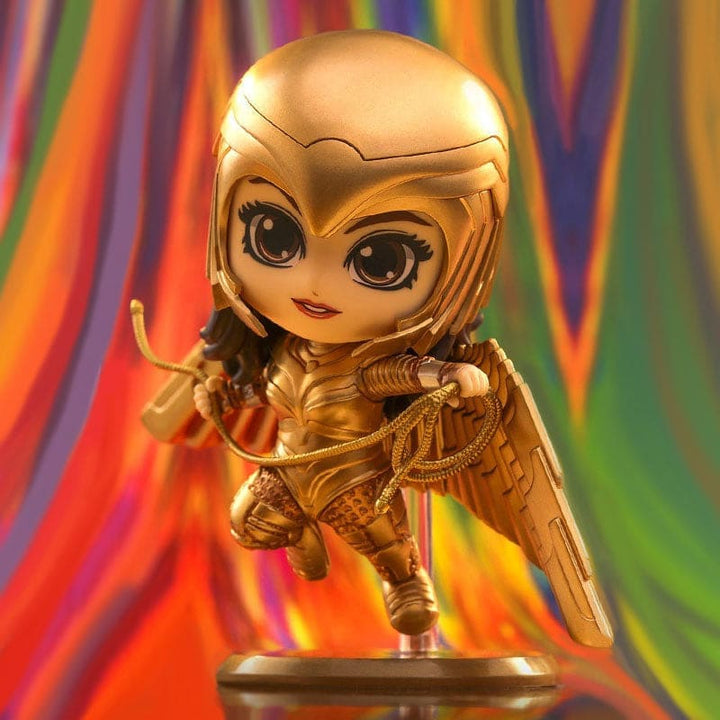
£49.99
Bring home the brave and beloved Amazon Princess with this striking official DC Comics Wonder Woman Flying Cosbaby! Officially licensed DC Comics product. Stands at 10cm / 4" tall. Features Wonder Woman's Golden Eagle armour and the famous Lasso of… read more
Techniques and Artistic Approaches in Film Statues
Film statues achieve their impact through specific choices in materials, visual style, and how they are filmed. These decisions shape the way you perceive their presence and symbolism within a movie. The blend of practical effects, lighting, and digital enhancements all contribute to creating statues that feel alive or meaningful on screen.
Materials and Style Choices
You’ll often see film statues made from materials like resin, plaster, or metal, depending on whether the statue needs to look fragile or heavy. Lightweight materials allow easier movement on set and safer interaction with actors.
The style can range from highly realistic to stylised or abstract. Realistic statues often convey weight and presence, helping you connect emotionally. Abstract designs might reflect themes or moods, such as mystery or timelessness. For example, films with mythological themes might favour classical stone-like finishes, while futuristic settings might use sleek or metallic surfaces.
Choosing the right material and style also depends on the statue’s role—decorative, symbolic, or interactive. Each choice supports the film’s narrative and atmosphere.
Lighting and Cinematic Framing of Statues
Lighting plays a key role in highlighting a statue’s form and meaning. Sharp shadows can create drama, while soft lighting emphasises smooth textures. You might notice chiaroscuro lighting in classic films to give statues a mysterious or sacred look.
Framing the statue within scenes guides your focus and shapes the statue’s visual impact. Close-ups draw your attention to details, while wide shots reveal the statue’s relationship to the environment or characters. Movement around or past the statue can link it to a story element, making it feel like part of the unfolding action.
Directors often use angles and composition deliberately to make statues appear more lifelike or haunting.
Integration with Special Effects
Special effects expand what statues can do on screen. You’ll see statues animated through stop-motion, CGI, or subtle digital enhancements that create movement or glowing effects. This approach blurs the lines between stillness and life.
Physical props combined with effects can interact with actors or environments convincingly. For example, a statue slowly turning its head or eyes glowing signals supernatural or emotional themes without dialogue.
You can experience a statue as a narrative device rather than a mere object. This integration allows filmmakers to convey complex ideas visually, enriching your engagement with the story.
Impact of Statues on Audience Perception and Film Legacy
Statues in movies shape the way you feel about a scene and help fix certain images in your memory. They often carry symbolic meanings that add depth to the story or highlight themes. These sculptures also build a visual identity that helps films stay memorable long after you watch them.
Evoking Emotional Responses
When you see statues in films, they often trigger feelings that go beyond just looking at a still object. Statues can represent permanence or death, making you reflect on time and change in the story. For example, a cold stone figure might make you feel unease or mystery.
Statues also create a contrast with motion. Their stillness next to moving characters emphasises themes like life versus lifelessness. This helps you emotionally connect with what’s happening on screen by adding layers to the visual storytelling.
Contributing to Iconic Film Imagery
Statues often become memorable parts of a film’s image and identity. You might remember a statue scene long after the movie finishes because it symbolises key ideas or moments. These powerful visuals are used to highlight brands or messages within films.
In many classic films, statues stand for culture, history, or power. Directors use them to create strong cinematic motifs that you associate with the film’s mood or themes. This helps films leave a lasting impression and build their legacy in cinema history.
Statues in Contemporary Cinema
In modern films, statues continue to play important roles but often with new meanings or effects. They are sometimes used in fantasy or sci-fi movies to represent strange worlds or ancient powers.
Today’s filmmakers also use statues to question ideas about life and identity. You will find statues interacting with digital effects to create scenes that blur the line between reality and art. This keeps the tradition alive and adds fresh layers to how you understand cinema.
Frequently Asked Questions
Movie statues capture key ideas from films by using specific artistic choices and detailed craftsmanship. They often reflect both the story and the cultural impact of the movie, helping you connect with the cinematic world in a physical form.
What techniques do sculptors use to encapsulate film themes in statues?
Sculptors use poses, expressions, and gestures that reflect important moments or emotions from the film. They may include symbolic elements or props from the story to add deeper meaning.
The play of light and shadow on the statue helps create a sense of movement or mood. This mimics the way cinema uses visuals to tell a story.
How does the design process of film-related statues represent cinematic history?
Designers study the film’s style, era, and context to ensure accuracy. They often research old costumes, sets, and film scenes to capture the period visually.
The process may involve consulting filmmakers or historians to stay true to the cinema’s legacy. This helps make the statue a reliable piece of film history.
In what ways do movie sculptures honour iconic characters or actors?
Statues often focus on famous poses or costumes tied to the character’s identity. They highlight traits that made the character memorable to audiences.
By immortalising these figures, the sculpture pays tribute to the actor’s contribution and the character’s cultural significance.
What role do materials and craftsmanship play in the authenticity of cinema-themed statuary?
Materials like bronze, marble, or resin affect the statue’s durability and feel. The choice often relates to the character’s traits or movie atmosphere.
High craftsmanship ensures details like facial expressions and textures are accurate. This level of detail helps you recognise and connect with the film instantly.
How do public movie statues influence the cultural significance of film?
They create landmarks that fans can visit, making the film’s impact visible in the real world. This public display keeps the film relevant across generations.
Such statues also spark conversations about the movie’s themes and history, deepening public appreciation for cinema.
Can the essence of a film's narrative be effectively conveyed through static art forms like statues?
Although statues are motionless, careful design can capture key emotions and moments that define the story. This allows you to experience the film’s spirit in a visual, physical way.
Through symbolism and posture, statues can tell parts of the narrative, inviting viewers to recall the full story behind the image.








